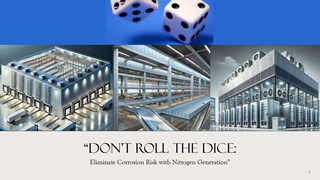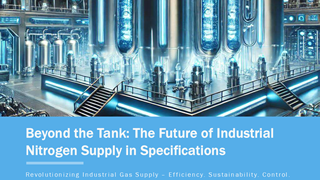Online CEU Webinars
Designing a fire protection system (FPS) for a facility is a challenging design and engineering exercise, one which requires vast knowledge and understanding of different fire suppression systems and their integration with the building fire alarm and building management systems (BMS).
Corrosion threatens the reliability of automatic fire sprinklers. This course investigates FPS corrosion challenges by exploring what happens to sprinkler piping due to corrosion and revealing innovative design solutions that can minimize corrosion within the system while extending its lifespan.
This course provides architects and design professionals with the technical understanding needed to specify nitrogen generation systems for dry fire sprinkler systems in specialized facilities.
Participants will explore how corrosion forms in air-filled sprinkler systems, how nitrogen generation technology mitigates this issue, and the architectural considerations required to effectively integrate these systems.
Facility-specific challenges in parking garages, data centers, and cold storage environments are addressed, along with sustainability benefits and regulatory compliance.
Case studies and system diagrams reinforce best practices and design strategies that support long-term building safety and performance.
Explores the critical role of nitrogen in industrial applications, from metal processing to food packaging, and how its supply impacts efficiency, safety, and cost.
Examines the challenges of traditional tank-based nitrogen, including high costs, supply chain risks, and operational inefficiencies.
Covers how on-site nitrogen generation improves reliability, reduces costs by up to 80%, and supports sustainability initiatives.
Finally, the course highlights emerging trends such as IoT-enabled gas monitoring and decentralized nitrogen supply, equipping architects and engineers with the knowledge to design future-ready, efficient industrial facilities.


